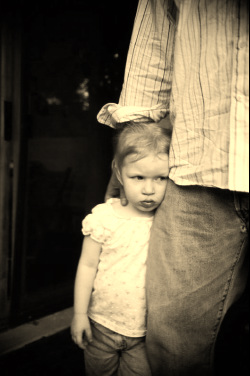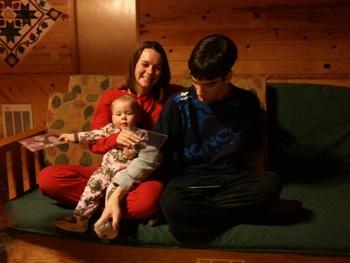Then I remembered a Q&A I did with a family who had a variety of different therapists working with their child and how they asked me all kinds of questions about what tasks I was focusing on with this little boy, what did I want him to learn? I told them I was focusing on the relationship, and I wanted him to learn that people were “cool” and the world was a fun place to be in and that was the most important thing to teach him. I saw them all nodding their heads and scribbling notes as if a light bulb just popped on, to think that liking people might be more important than stacking blocks, what an awesome concept!!!!
I smile now, but it really is an important concept to remember. Autistic children have a hard time in our “real” world. People are not predictable, or easy to understand. Other things are so much more controllable. One of our most important “tasks” when working with these children is to show them how easy people can be, how fun, how helpful, how worthwhile it is to share time with another person. I want you to always be thinking of what kind of world you are showing your child. I hope that it is one of joy, excitement, and of course love.
Wishing you all a happy holiday season!
Love,
Katrina







 RSS Feed
RSS Feed
